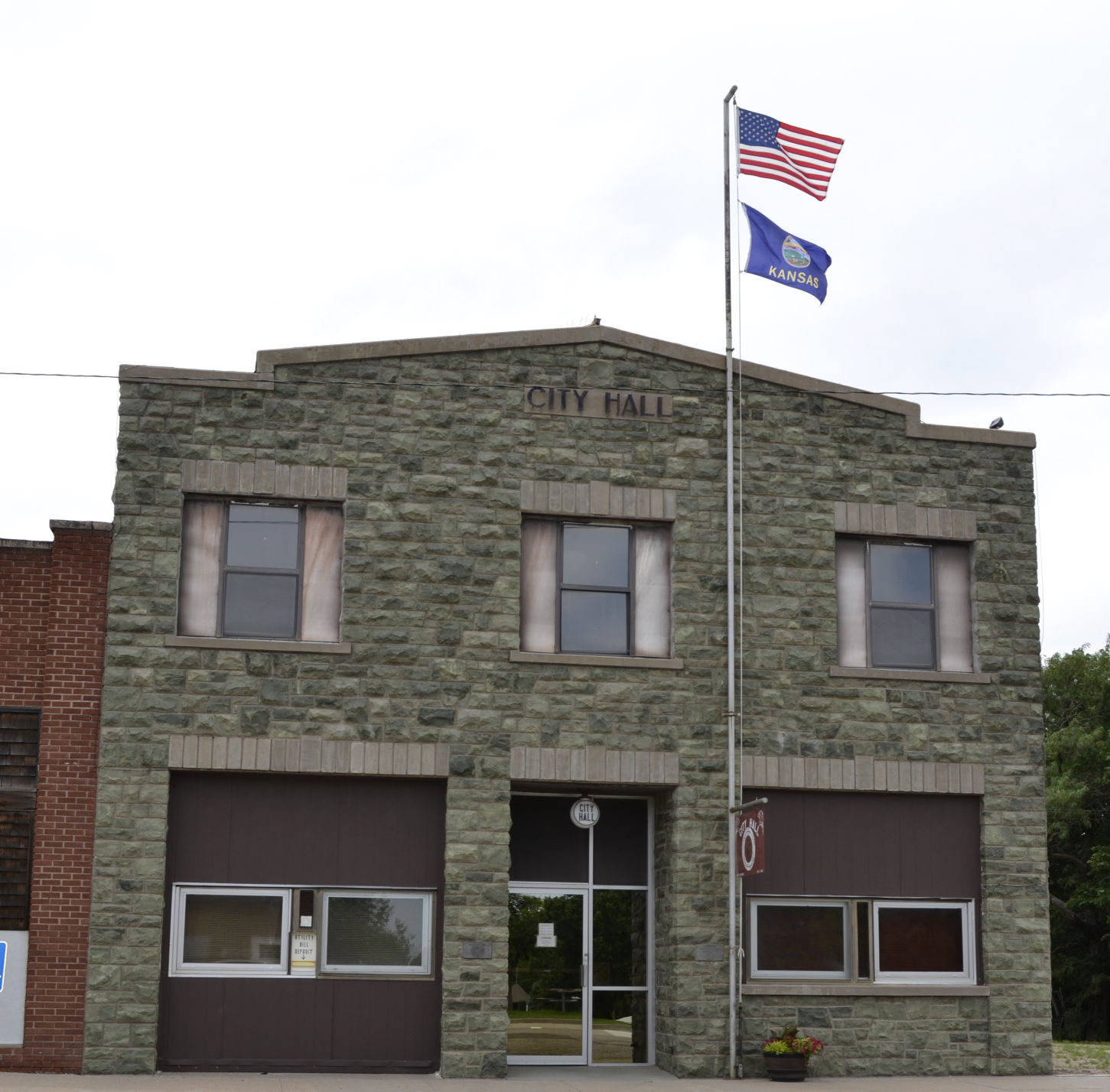The single-stoplight town of Hill City lies at the intersection of U.S. Highways 24 and 283 in northwest Kansas. The town was named not for the hills surrounding the town but for its founder, W.R. Hill, in the late 1870s.
My great-great-grandparents were among the early pioneers to settle in rural Graham County near Hill City. According to family lore, my great-great-grandmother brought a rose bush with her on a covered wagon when they traveled west to Kansas. Little remains of the house’s foundation on the old family homestead. But nearby a rose bush descended from that well-traveled plant still grows wild there.
I grew up on a farm south of Hill City in the Happy Township, and our rural 4-H club, the Happy Crickets, met in a schoolhouse that has since been razed. The nearby country church, Prairie Home United Methodist Church, still has services.
My dad attended elementary school at a one-room schoolhouse just up the road from our house, which is just across a field from my grandparents’ house—and yes, he did have to walk uphill both to and from school. Like my parents, my sisters and I attended Hill City High School—the only school in the country with a Ringneck mascot. (Pheasants are abundant in this area most years, and Hill City is a popular destination for bird hunters from all over the country.)
Local historian and author Lowell Beecher—one of my English teachers at HCHS—helps run the Graham County Historical Society Museum in Hill City. He has written extensively about the town’s tempestuous past.
In “History of Hill City” for the Solomon Valley Highway 24 Heritage Alliance, Beecher wrote, “The impetus for much of the rapid expansion of Hill City during the 1880s may be credited to the close association between W. R. Hill and James P. Pomeroy, a Boston multimillionaire, heir to the Pomeroy Coal Company fortune and a speculator Hill had met at Atchison, Kansas. Hill was a man who had never abandoned the prospect of having ‘his town’ named the county seat, and Pomeroy was a man who had the finances, influence and power to make Hill’s dream a reality.”
After successfully wresting the county seat from Millbrook, however, the partners’ friendship devolved into a bitter rivalry. Hill’s business interests were along Main Street, but Pomeroy began focusing his development on Pomeroy Street. The townspeople were drawn into the feud, and Hill City’s original post office reportedly even had two doors so the warring factions didn’t have to share an entrance.
Beecher wrote, “…each town faction had its own opera house, bank, grocery, and hardware; in fact, for a period of time, the north side of town was called ‘Pomeroy,’ and the south, ‘Hill.’”
The feud that divided the town ended long ago, in part because the town built Memorial High School (which was Longfellow Junior High when I attended) in a central, more neutral location to bring townspeople together. Community spirit prevails in Hill City now. The town experienced severe flash flooding after a Memorial Day storm this year. The community has been working together to clean up and raise funds for those who were affected.
Hill City celebrated its 130th anniversary on June 30.
Shauna Rumbaugh can be reached at 620-227-1805 or [email protected].




